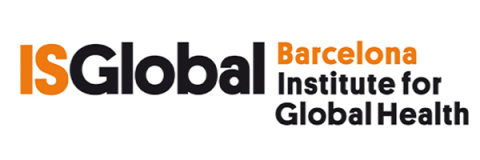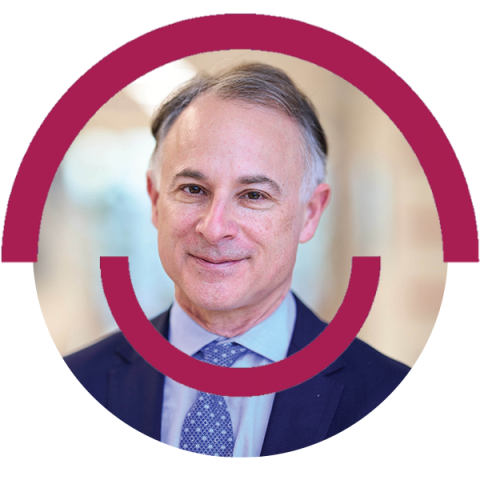The Bigger Picture
Metabolic dysfunction-associated steatotic liver disease (MASLD) and its more severe form, MASH, are not rare or isolated conditions—they’re part of a much bigger health challenge that affects millions worldwide. These diseases sit at the crossroads of today’s metabolic health crisis, which includes diabetes, obesity, and cardiovascular disease. Together, they are responsible for most preventable deaths globally.
The liver often tells us what’s happening in the rest of the body—it reflects how we eat, live, and manage other conditions. But too often, liver health is treated as a niche concern, disconnected from broader efforts to tackle non-communicable diseases (NCDs). If we want to make progress on the Sustainable Development Goals (SDGs)—from reducing premature deaths to achieving universal health coverage—we can’t afford to ignore liver health any longer. It’s time to see MASLD/MASH not as liver diseases alone, but as the public health threats they have become—and as early warning signs of a global metabolic emergency.
Beyond Specialty Silos
For years, liver societies and specialists have been at the forefront of raising awareness about MASLD/MASH. Their work has been vital in bringing these diseases out of obscurity. But no single specialty can solve what is, at its core, a multi-system and multi-sector problem.
When each field—be it hepatology, cardiology, endocrinology, or public health—acts in isolation, we miss the chance to address the shared roots of metabolic disease: poor nutrition, physical inactivity, social inequities, and fragmented health systems. Siloed approaches lead to missed diagnoses, delayed care, and duplicated efforts.
Liver health has long been the blindspot in metabolic care—overlooked within NCD strategies despite its central role. Yet this blindspot, left unaddressed, fuels the very metabolic health crisis we are trying to solve. To change course, liver health must be fully integrated into national and global responses to diabetes, obesity, and cardiovascular disease.
Embedding liver health into broader health strategies isn’t about competing for attention—it’s about aligning efforts. When we strengthen prevention and early diagnosis for one metabolic condition, we can strengthen the response to all by addressing common comorbidities
Shared Leadership Across Sectors
True change happens when leadership is shared. MASLD/MASH prevention, diagnosis, and care depend not only on hepatologists but also on endocrinologists, cardiologists, primary care providers, dietitians, mental health professionals, and public health practitioners. Each brings a crucial piece of the puzzle.
Yet medical professionals alone can’t transform the system. Policymakers must prioritize integrated health strategies and equitable access to care. Civil society and patient organizations can bridge the gap between science and lived experience, ensuring that policies meet people’s real needs. And people living with MASLD/MASH must be recognised as co-leaders, not passive recipients of care. Their stories, advocacy, and insight are essential to designing solutions that work in everyday life.
Beyond the liver means creating space for this diversity of voices—because no one sector holds all the answers.
United Nations General Assembly Side-Event as a Catalyst
The recent UN General Assembly side-event, Global Metabolic Health: MASLD/MASH and other major NCDs, marked an important turning point. Liver health took centre stage in a global policy forum—connected to broader goals on metabolic health, NCD prevention, and universal health coverage (UHC).
Importantly, the Political Declaration of the UN High-Level Meeting on NCDs also referenced the liver—albeit under its former name, non-alcoholic fatty liver disease (NAFLD). While the terminology has since evolved, this recognition signals growing awareness that liver health belongs firmly within the global NCD agenda. It’s a precursory sign that governments are beginning to see MASLD/MASH not as specialty issues, but as public health priorities tied to the wider metabolic crisis.
Advancement may come step by step, but each step matters. The acknowledgment at UN level and the take-aways pulled from this event together represent a shift—from awareness to action, and from isolated advocacy to shared global responsibility.
A Call to Act…Together
No single institution, specialty, or government can end the MASLD/MASH crisis alone. Progress depends on collective, cross-sector collaboration—one that connects science, policy, care, and community.
That means putting people first, acting across systems, and leading with equity. It means breaking down barriers between disciplines, aligning priorities across ministries, and helping make sure that prevention and care reach those who need them most.
Beyond the liver is not just about treating a disease—it’s about transforming how we approach health itself. By working together, we can turn the tide on MASLD/MASH, and build a future where liver health—and metabolic health as a whole—are recognised, protected, and prioritised for everyone.






